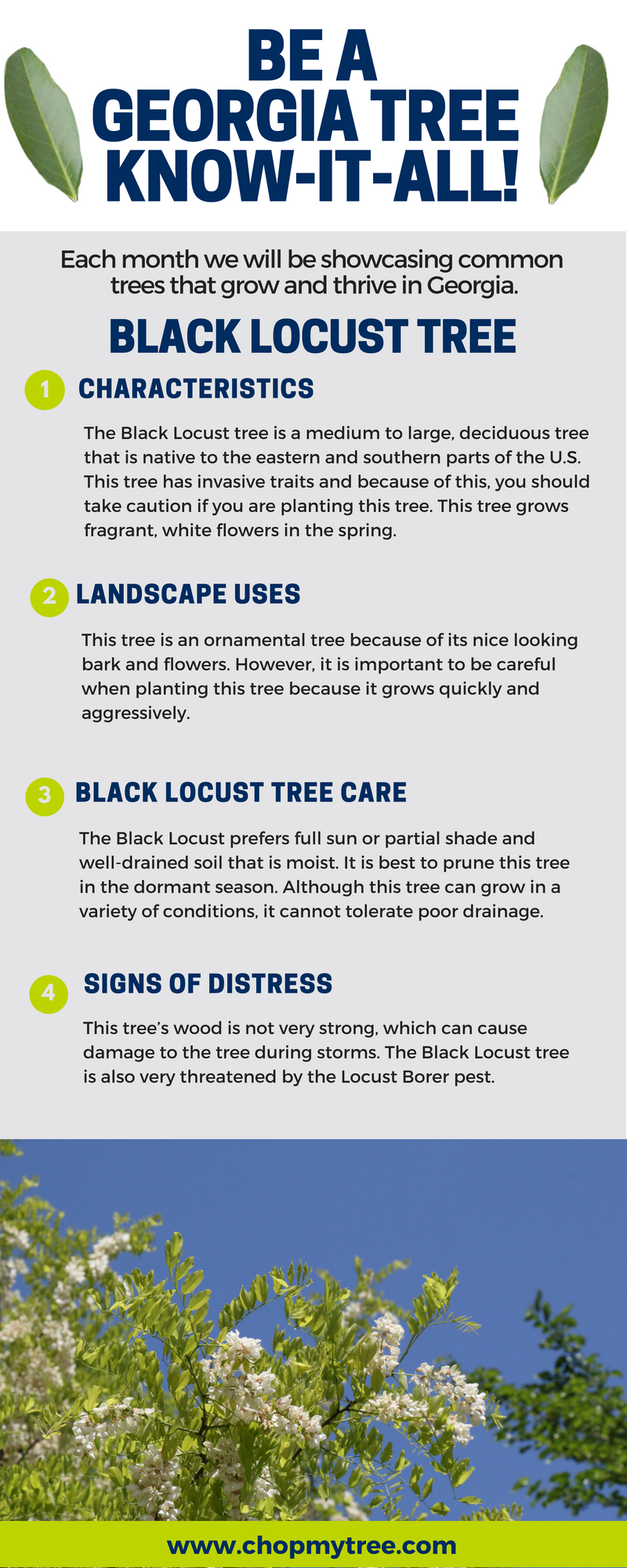When it concerns producing a landscape that flourishes, grasping the art of tree pruning is a must. Envision having the ability to sculpt your trees with accuracy, ensuring their vigor and beauty for years to come. By learning the important strategies for proper cuts, timing, and structural training, you hold the key to a flourishing exterior room that will impress all that encounter it. Yet how do these trimming approaches genuinely influence the health and wellness of your trees and the total landscape visual?
Appropriate Pruning Cuts for Tree Health And Wellness
When it concerns maintaining the health of your trees, making appropriate pruning cuts is vital. Inaccurate cuts can result in illness, insect invasion, and total tree decline. To make sure how to be an arborist of your trees, always start by utilizing sharp, tidy devices to make exact cuts.
Begin by identifying the branch collar, a puffy location where the branch attaches to the trunk. Cutting just outside the collar aids promote appropriate recovery and minimizes the danger of infection. Prevent leaving stubs as they can invite pests and diseases right into the tree.
Remember to make cuts at a small angle, sloping far from the trunk, to avoid water from pooling on the wound. Furthermore, get rid of any type of dead, damaged, or crossing branches to improve air circulation and sunlight infiltration.
Timing and Regularity of Trimming
To preserve the health and framework of your trees, recognizing the ideal timing and frequency of pruning is critical.
The best time to prune trees is usually throughout the dormant season in late wintertime or very early springtime. Pruning during this duration aids promote new development once the tree starts budding in the spring.
However, some trees, like spring-flowering ones, are best pruned right after they end up blooming to avoid removing next year's blossom buds.
Regular pruning is important, but the frequency relies on the tree types and its development rate. For many trees, an annual evaluation to eliminate dead, diseased, or crossing branches is recommended. Young trees may need more frequent trimming to establish a solid structure, while mature trees may just require maintenance trimming every couple of years.
helpful site throughout the fall when illness are more conveniently spread, and avoid heavy trimming during the summer season when the tree is actively growing.
Training Young Trees for Structure
For establishing solid and healthy and balanced trees, training young trees for optimum structure is crucial. By forming a tree when it's young, you established the structure for a durable and aesthetically attractive mature tree.
Begin by determining the central leader, which is the primary upward-growing branch. Motivate the central leader's growth by trimming away competing leaders, assisting the tree create a solid main trunk. Furthermore, remove any type of branches that expand internal or downward, as they can cause architectural issues as the tree expands.
It's important to area out lateral branches evenly around the trunk to promote well balanced growth. As the tree develops, remain to check its development and trim as required to preserve its form and framework.
Properly trained young trees are less likely to establish weak crotches or overcrowded branches, minimizing the threat of damage during tornados. Investing time in training young trees will settle with a beautifully structured and resistant tree in the future.
Verdict
Since you have understood the vital methods of tree pruning, your landscape gets on its way to thriving. By using sharp devices, making accurate cuts, and appropriately timing your pruning sessions, you are guaranteeing the health and long life of your trees. Remember to regularly examine and maintain your trees to keep them thriving. With your newly found expertise, your landscape will certainly continue to expand perfectly for several years ahead. Keep up the magnum opus!
